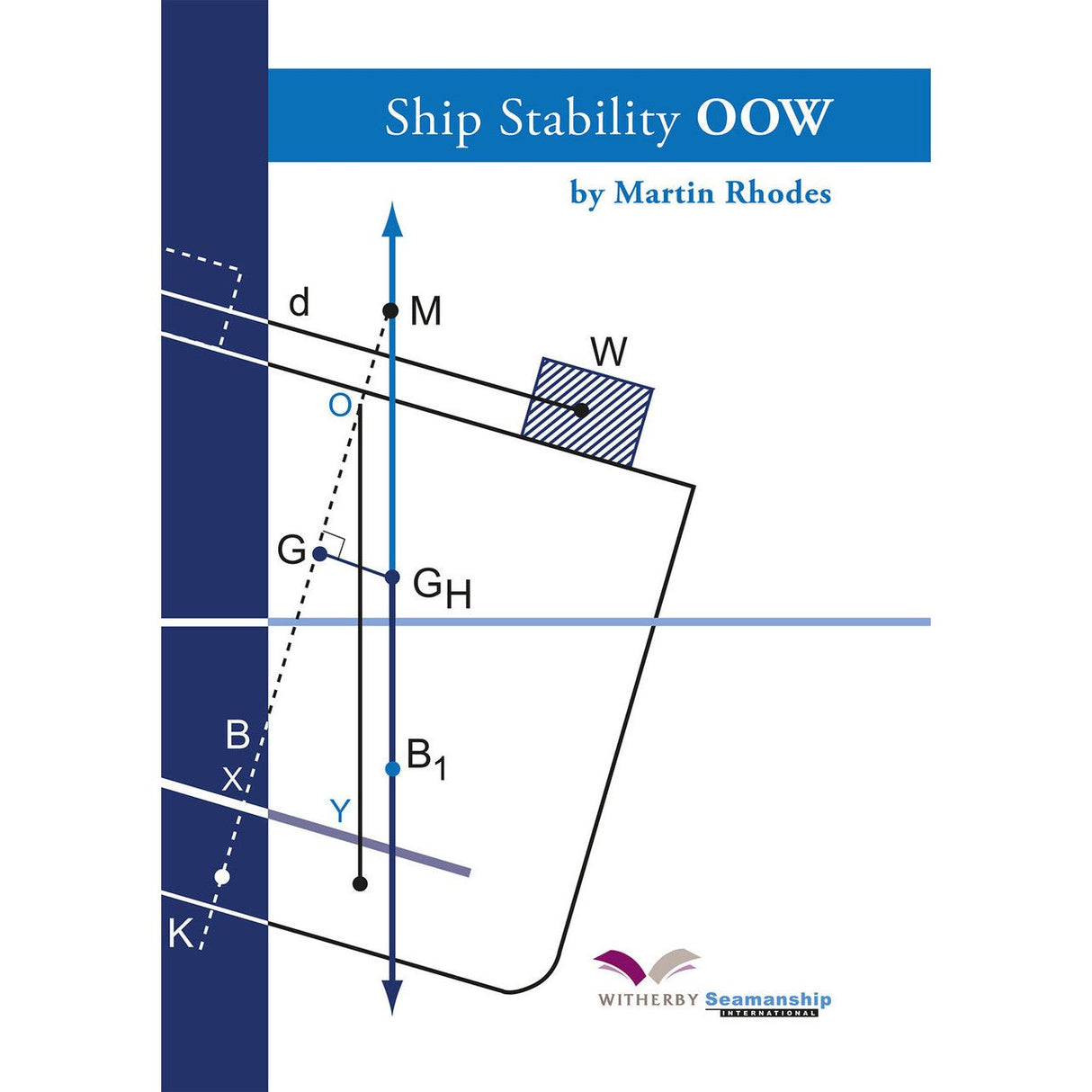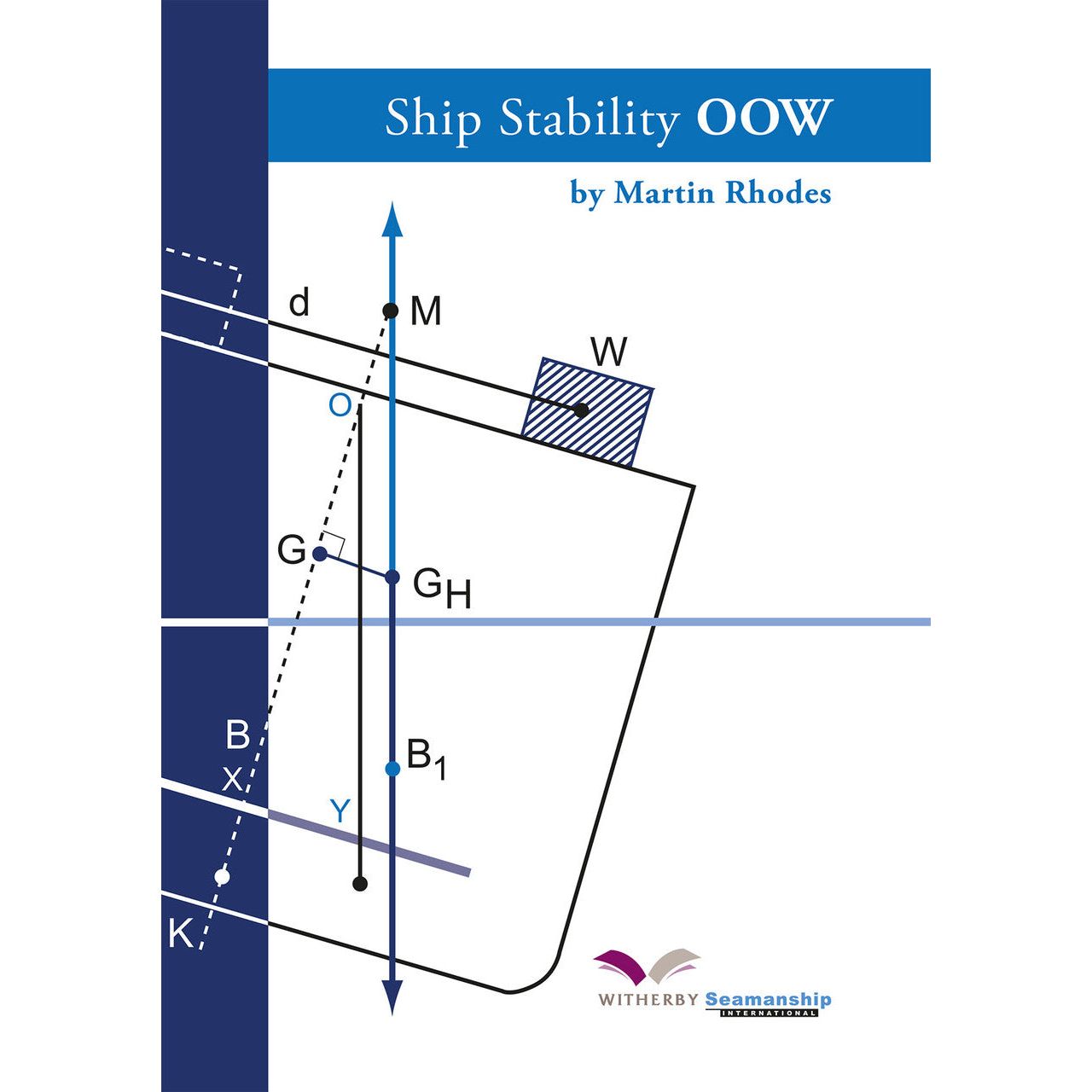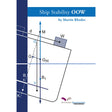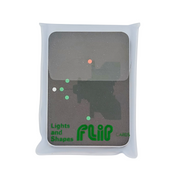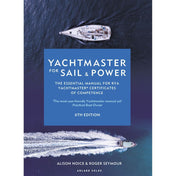Ship Stability OOW
| Author: | Martin Rhodes |
|---|---|
| Edition: | 2009 |
| Format: | Paperback |
| Size: | 240 x 190 mm |
Ship Stability OOW is backordered and will ship as soon as it is back in stock.
Couldn't load pickup availability
Delivery Information
Delivery Information
We aim to dispatch all orders by the next business day, but we're a small business and sometimes when it's busy it may take a little bit longer. If there's going to be any delays we'll get in touch and keep you up-to-date.
Shipping is free for all orders of £50 or more!
We work with Royal Mail, DPD and DHL to offer the most convenient delivery options to our customers.
Friendly Advice
Friendly Advice
Chris is a Master Mariner and knows a thing or two about seafaring. If you need any help then don't be shy - send us an email or get in touch using the WhatsApp icon.
Easy Returns
Easy Returns
Not what you were looking for? No problem. We can accept returns of items in as-sold condition for up to 30 days (maybe a bit longer but don't tell anyone).
Just let us know and we'll sort everything out, including the shipping cost back to us.
Unfortunately this doesn't apply to Print on Demand charts as they are correct at the time of printing.
Of course if there's any faults or damage then let us know and we'll make it right!
All the Stability Theory You Need for OOW Exams
Ship Stability OOW is a clear and instructive guide to the fundamentals of ship stability, tailored specifically for those studying towards Officer of the Watch certification. Covering the full stability syllabus at STCW '95 level, the book offers straightforward explanations, numerous worked examples and self-assessment questions to support confident exam preparation.
This comprehensive title aligns with the current SQA examination and HNC-level unit requirements. It provides a progressive understanding of topics such as metacentric height, trim, free surface effect, statical stability, and practical loading problems, ensuring readers are well prepared for both theoretical and applied questions.
Table of Contents
- Section 1 – Introduction
- Section 2 – Basic Principles
- Section 3 – Form Coefficients
- Section 4 – Tonnes per Centimetre Immersion
- Section 5 – Load Lines
- Section 6 – Centre of Gravity and Centre of Buoyancy
- Section 7 – Transverse Statical Stability
- Section 8 – Conditions of Stability
- Section 9 – Initial Transverse Metacentre
- Section 10 – Free Surface Effect
- Section 11 – Curves of Statical Stability
- Section 12 – List
- Section 13 – Curves of Statical Stability for Varying Conditions
- Section 14 – Suspended Weights
- Section 15 – Introduction to Trim
- Section 16 – Trim Using Hydrostatic Data
- Section 17 – Inclining Experiment
- Section 18 – Assessing Compliance with IMO Criteria
- Section 19 – Practical Ship Loading Problems
-
AuthorMartin Rhodes
-
Edition
-
Format
-
Size
-
Pages
-
ISBN
Payment & Security
Payment methods
Your payment information is processed securely. We do not store credit card details nor do we have access to your credit card information.

